
GROWING OLIVE TREES
If you’re thinking about planting olive trees, we should talk. Over the years we’ve helped hundreds of people get started – and talked hundreds more out of entering into something for which they weren’t prepared.
Before you go any farther, consider the following adages:
- “The way to make a small fortune in agriculture is to start with a big one and wait.”
- Even when you do everything right, “Nature bats last.”
- The farmer who won the lottery was asked what he intended to do with all that money.
“Farm til it runs out,” he replied.
Undeterred? Then here are a few of the many critical issues to consider when thinking about planting olives.

Climate
Olive trees are a Mediterranean native, and require a fairly balmy climate. In particular, they will not tolerate cold winters; if you experience temperatures below 15° Fahrenheit (-7° Celsius), plan on planting something else!
Olives are shallow-rooted, so windy areas are problematic. You won’t notice a problem at first, but when a mature tree, carrying a heavy crop, is exposed to high winds, they’re extremely vulnerable. If you’re in a windy area, plan on planting something else!
[NOTE: Thomas Jefferson learned the hard way that olives also won’t make it in areas that are humid. This rules out most of the US, with the exception of California, Arizona, and Texas. If you’re interested in growing olives in Texas, please check with the Texas Olive Oil Council for useful information.]
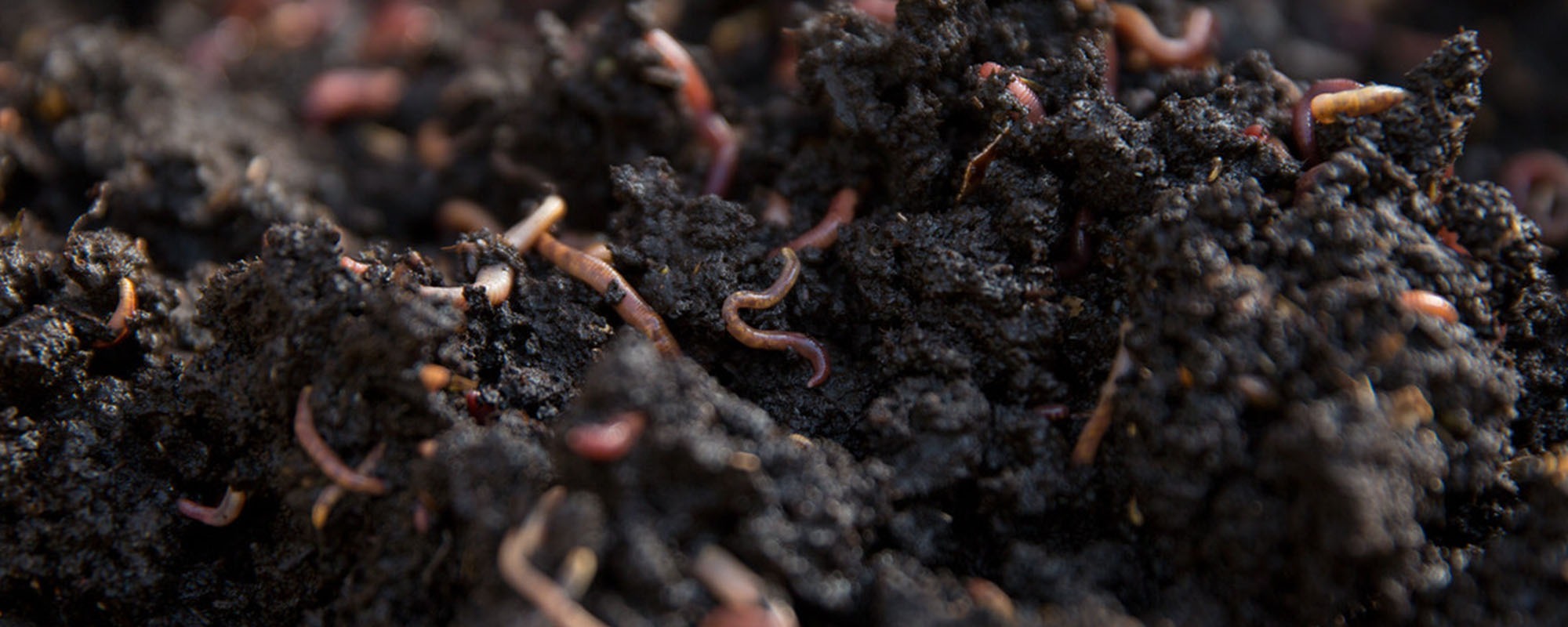
Soil
While olive trees are astoundingly tolerant of a wide range of soil conditions, they don’t like wet feet. If you have heavy clay soil, or if water stands on the soil where you intend to plant after a rain, plan on planting something else!
They prefer the same kind of soil that everything else likes, but in most places around the world they are relegated to otherwise marginal areas: hillsides that aren’t readily tilled or are unsuitable for grapes, small pieces of land that aren’t useful for row-farmed crops, etc.
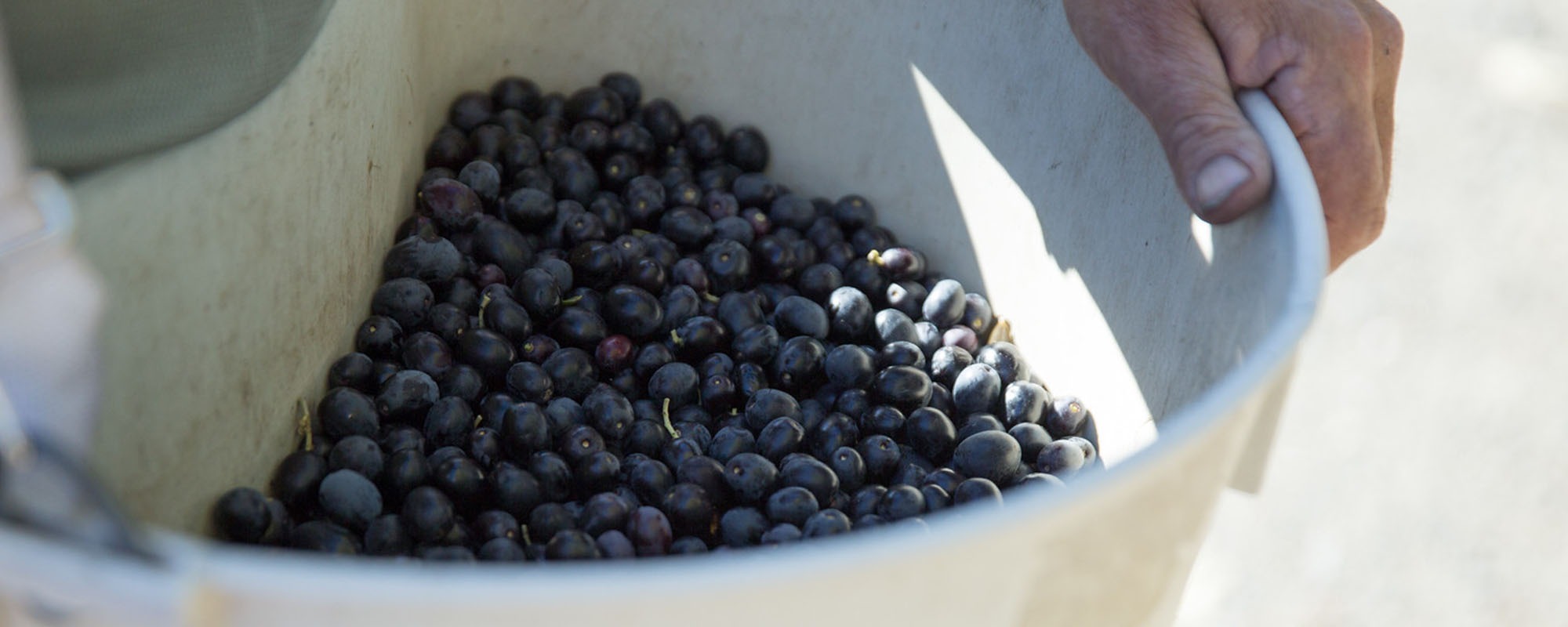
Varietals
Once you’ve chosen your site, the really big decision is what to plant. Remember, there are over 900 olive tree varieties – each with its own unique characteristics – and once you’ve made your selection, you’re stuck. It’s not like grapes, where if fashions change you can graft over to a new varietal and have a producing vineyard again in three years. Olive trees don’t graft well, so what you plant is what you’ve got!
Remember, too, that most great olive oils are ‘field blends’ of multiple varietals. In other words, a given field is planted to a mixture of varietals, which are then harvested together. The reason for this is that it produces much more interesting oil than you get with a single varietal.
An unfortunate trend, especially in California, is to plant, harvest, and press each varietal separately, and then blend the resulting oils. This is a common practice in winemaking, and makes sense there because so much of the character of wine is developed during the maturation process, which takes months or even years. Oil, on the other hand, is at its peak the day it is made, so it’s more like a food than a wine.
Perhaps the best analogy is this: one could make spaghetti sauce by cooking tomatoes in one pan, garlic in another, onions in a third, and then mixing the result. But cooking the ingredients together yields a far richer, more flavorful sauce, in which the ingredients ‘knit together’ during the cooking process.
So, too, with olives: crushing and pressing the different varieties, each at a different stage of ripeness, together makes for a far better oil.
Hopefully, by this point you’ve gotten the idea that it’s a good idea to plant a blend. So the next question is, which blend?
We strongly suggest that you start by tasting oils from similar climates (and, if possible, soil types), choose one you like, and plant accordingly. In the software business, we call this ‘reverse engineering,’ and while it doesn’t do much to advance the state of the art, it is a safe, proven path to success. Unless you’re planning on living for several generations, so that you’ve got time to explore a number of different alternatives, it’s probably safer to go this route!
Unfortunately, much like grapes, not only are there hundreds of varietals, but there are multiple ‘clones’ of each one. That’s why it’s so important to start with the oil and work backwards!
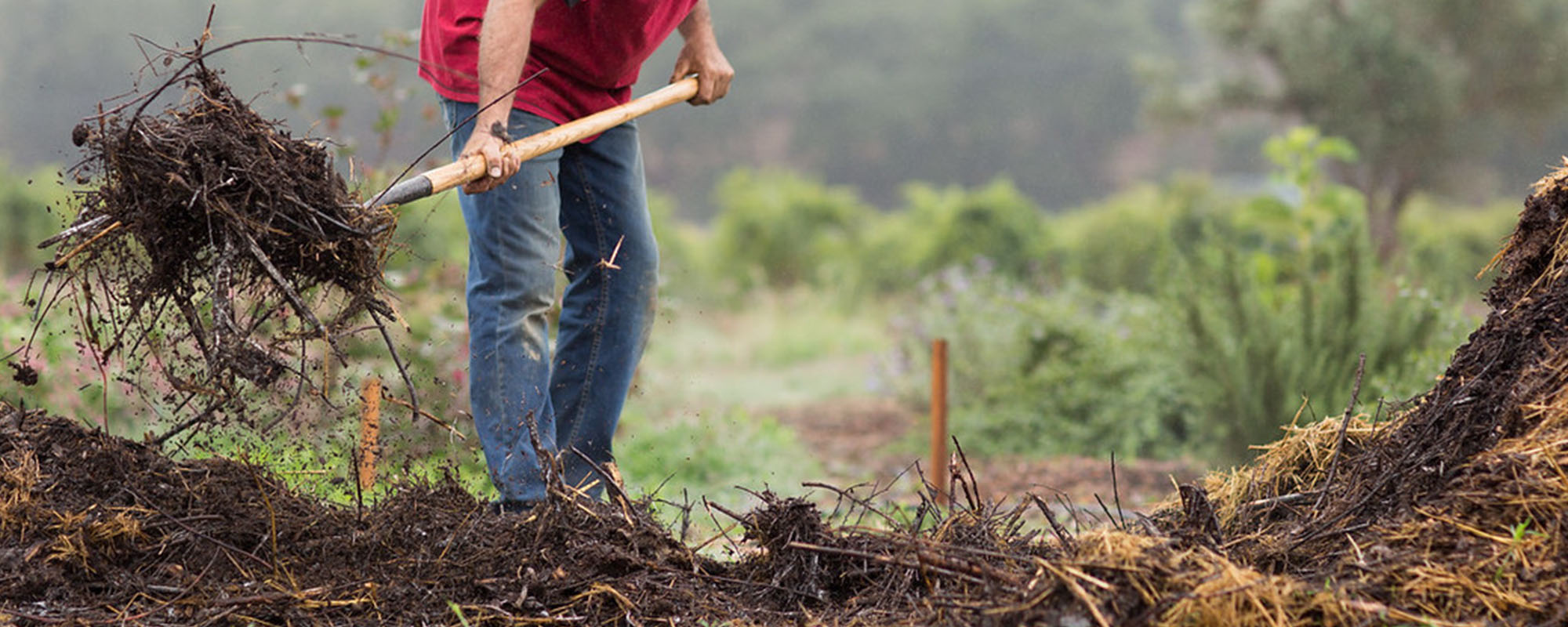
Planting & Growing
Depending on the varietals you choose and the cultivation model, you’ll plant somewhere between 100 and 220 trees per acre; some intensive mechanical farming sites have planted as many as 900 trees per acre! We recommend planting our varietals at 12×17 for tractor farming, or on 16-foot centers for manual farming; some of the big Spanish varietals should generally not be planted closer than 20×20.
If you want to make your own oil, you’ll need at least an acre of trees. And actually, from an economic perspective, it really doesn’t make sense to plant fewer than 5 acres, because that’s the point at which you begin to enjoy some economies of scale.
You should plan on putting in a drip irrigation system, with emitters placed near the dripline of the trees, but not at the trunk! (They’ll develop crown rot and die.) While olives are relatively drought-tolerant, you’ll see much better results (more fruit, and less alternate-bearing) if you keep the trees well-watered. For us, this means about 10-20 gallons of water per tree per week from June through October.
Nitrogen is the major fertilizer need. We apply a nitrogen-rich organic fertilizer on the ground at the dripline in January. We used to also do foliar sprays in April and June, but some excellent research here and in Spain has shown that the only beneficiary of the additional fertilizer is the salesperson.
The trees will require pruning as they mature, both for structural reasons (to ensure a strong tree) and for bearing reasons (to keep light flowing to the bearing branches on both sides of the tree). Since olives bear on last year’s growth, pruning involves a delicate balance between this year’s crop (and income) and next.
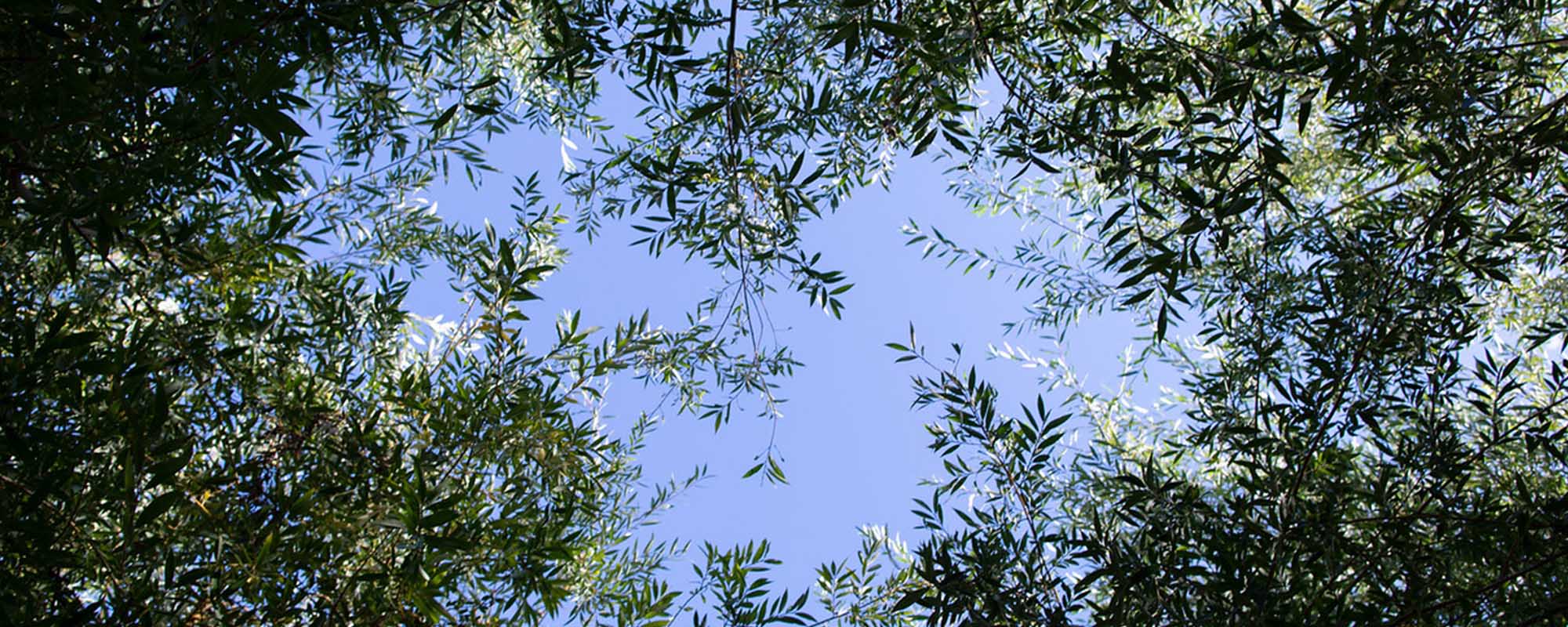
Revenues & Costs
Only one answer here: it varies.
There are so many factors that influence the costs that it’s really hard to nail down. But very roughly, figure that (using hired labor) it will cost about $7,500 per acre to plant, depending on how much soil work and site preparation you need to do.
Each year, you’ll spend a few thousand dollars per acre for fertilizer, pruning, water, mowing, etc.
You’ll get a small crop in four years, which will build slowly over the following decade, topping out at about three or four tons of fruit per acre at full production. We harvest by hand, and have found that 15 experienced workers can harvest a little over two tons in a long day. There are mechanical harvesting systems available, and they work well in flat environments with certain varietals, but our experience with them has not been very positive to date.
Depending on which varietal(s) you have, you should figure that the fruit will sell for between $300 and $1,000 per ton, although in some years the top price may hit $1,500.
Your mileage may vary.
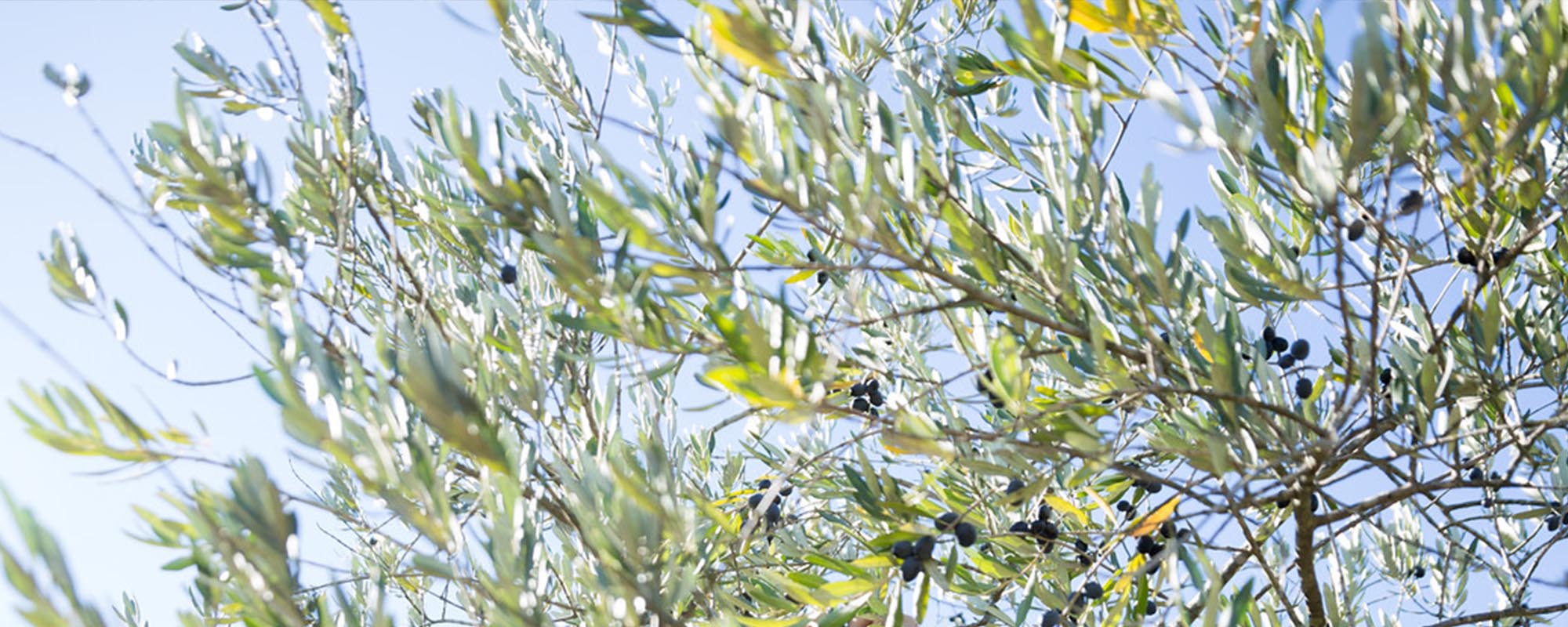
The Olive Fly
1998 will be remembered in the olive industry in California as a bad year – not because the crop was bad, or off, but because that was the year in which a little bastard known as Bactrocera (Dacus) Oleae, a.k.a. the Olive Fly, first showed up in the New World.
The Olive Fly is a fruit fly that has long plagued the olive-growing regions of the Mediterranean. Yet somehow, despite all of the olive trees imported into California over the centuries, the fly never made it. This gave California (and Mexico) growers a real advantage. Sadly, that honeymoon is now over. Since 1998, it has spread into all of California’s olive-growing regions, as well as into Mexico.
Like other fruit flies, the Olive Fly lays eggs in young fruit. Unlike other fruit flies, this one likes olives – so much so that if not treated they will infest essentially every single olive in a grove. Infested fruit is simply not useful for either eating or making extra virgin olive oil.
That’s the bad news. The good news is that the Fly can be controlled. There are several methods. The proven one requires the spraying of a quite benign treatment called Spinosad, although it must be applied weekly throughout the growing season. Every week. No exceptions. The GF-120NF formulation of Spinosad is approved for organic farming.
An excellent source of more information is the Olive Oil Source’s Olive Fly page. Read it and weep – we do.
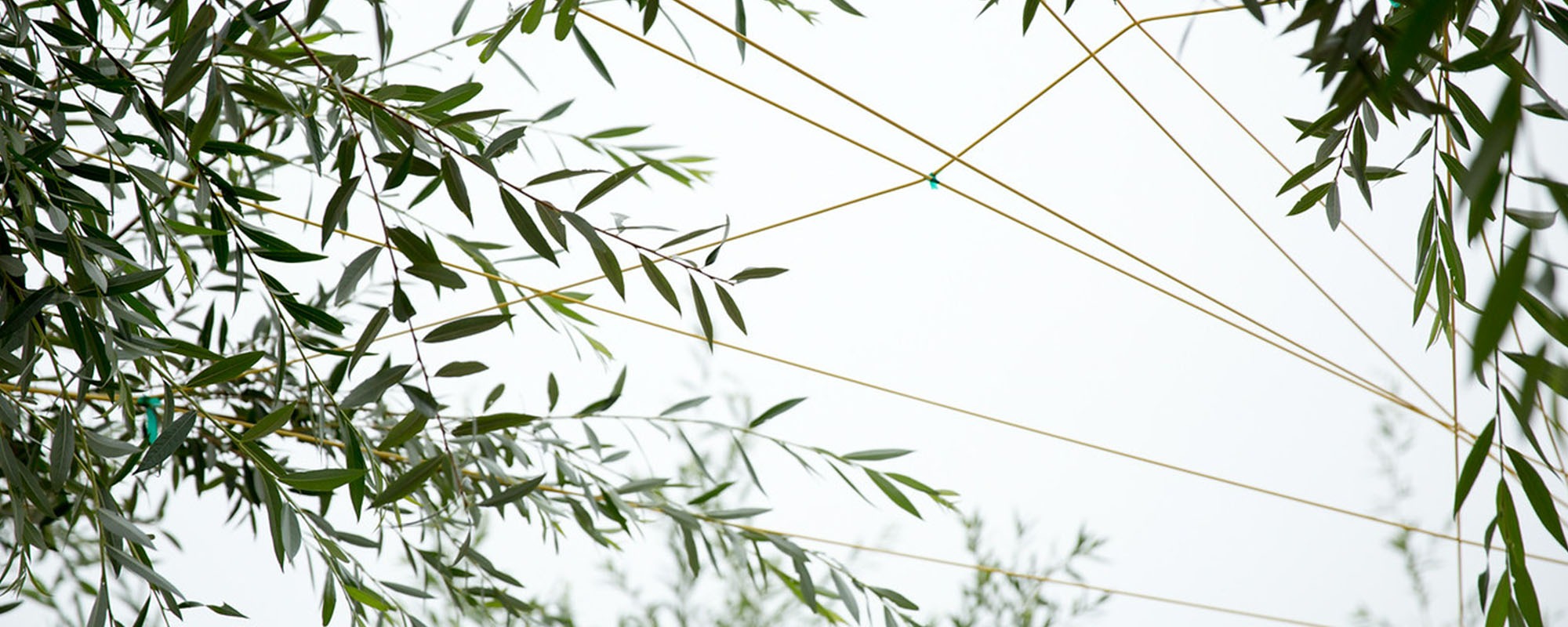
Certified DaVero Clone™ Olive Trees
If you like our oil, then it stands to reason that you should plant our trees!
We have them available in our field blend (50% Leccino, 25% Frantoio, 15% Maurino, and 10% Pendolino), or – under duress, and only after making sure that you really, really want to – in other mixes.
Note: As any grapegrower will tell you, there are different clones (or sub-types) of every varietal. Choosing the right clone matters.
These Certified DaVero Clones are the same ones we imported and use to produce our award-winning oil, and are available exclusively from us.
The trees are propogated by us and are certified organic. They are available in four sizes. The images below will give you some idea of just how strong these trees are. These are very well-developed, and the 5- and 15-gallon trees have had their initial pruning. The 1-gallon trees are double the size of 1-gallon trees we’ve seen elsewhere.
| Size | 5-Gallon | 15-Gallon |
| Age | 3-5 yrs | 5-8 yrs |
| Fruit in... | 1-2 yrs | producing |
| Height | 4-7 ft | 7-12 ft |
| Pricing: | ||
| 1 | $45 | $150 |
| 2-9 | $42 | $135 |
| 10-24 | $40 | $125 |
| 25-49 | $38 | call |
| 50-99 | $37 | call |
| 100-499 | call | call |
| 500+ | call | call |
We also have a limited number of full-grown trees; call for availability.
NOTES:
The minimum order is $150.
Prices are for our field blend (see above). Please contact us if you want pricing for a different mix, or for individual varietals.
It’s a good idea for you to make an appointment to visit the nursery so we can answer questions. Please note that we cannot ship or deliver trees.
Consultation is available; please contact us for details.
Please contact us with questions or for current availability.

